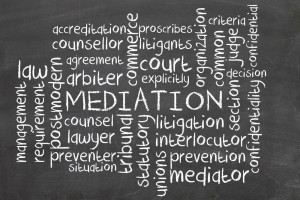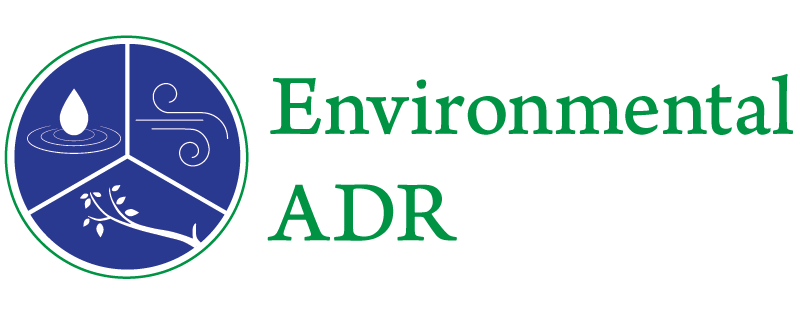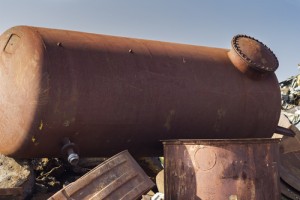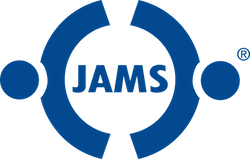 There has been a lot of news recently about large-scale releases of contaminants into the air, water and soil, which have affected large numbers of people and their property. One such example is the discovery of high concentrations of lead in Flint, Michigan’s drinking water system. Another is the ongoing release in Southern California of large volumes of natural gas into the soils below the homes of residents living there. Other examples include the oceanic release of oil into the Gulf of Mexico, and the widespread property damage caused by hurricanes Sandy and Katrina to many thousands of people living in their paths.
There has been a lot of news recently about large-scale releases of contaminants into the air, water and soil, which have affected large numbers of people and their property. One such example is the discovery of high concentrations of lead in Flint, Michigan’s drinking water system. Another is the ongoing release in Southern California of large volumes of natural gas into the soils below the homes of residents living there. Other examples include the oceanic release of oil into the Gulf of Mexico, and the widespread property damage caused by hurricanes Sandy and Katrina to many thousands of people living in their paths.
In each of these cases, a single event or series of related events caused harm to a large number of people. As a general matter the types of harm suffered are similar but the degree of these harms differs among the affected population. In court, these cases may be filed as class actions or coordinated mass torts (possibly MDLs) and present an enormous challenge to our already overburdened court systems, which can result in substantial delays in resolving them.
Mediation and other ADR processes have repeatedly proven to be enormously valuable as a means for resolving these mass toxic tort claims as well. ADR provides a way to condense many years of expensive litigation into a precise, cost-effective, and efficient process that provides fair and individualized compensation to thousands of people that were affected by an accidental release or other tragedy.

 New Jersey Public Television (NJTV) recently completed a broadcast of a three-part expose on the dangers and difficulties stemming from as many as 100,000 underground storage tanks that remain in the ground throughout the state. In very stark terms the NJTV report warns that some of the sites are “nightmares” and “environmental ticking time bombs”, posing an immediate threat of contamination from seepage into ground water and basements in heavily populated areas.
New Jersey Public Television (NJTV) recently completed a broadcast of a three-part expose on the dangers and difficulties stemming from as many as 100,000 underground storage tanks that remain in the ground throughout the state. In very stark terms the NJTV report warns that some of the sites are “nightmares” and “environmental ticking time bombs”, posing an immediate threat of contamination from seepage into ground water and basements in heavily populated areas.
